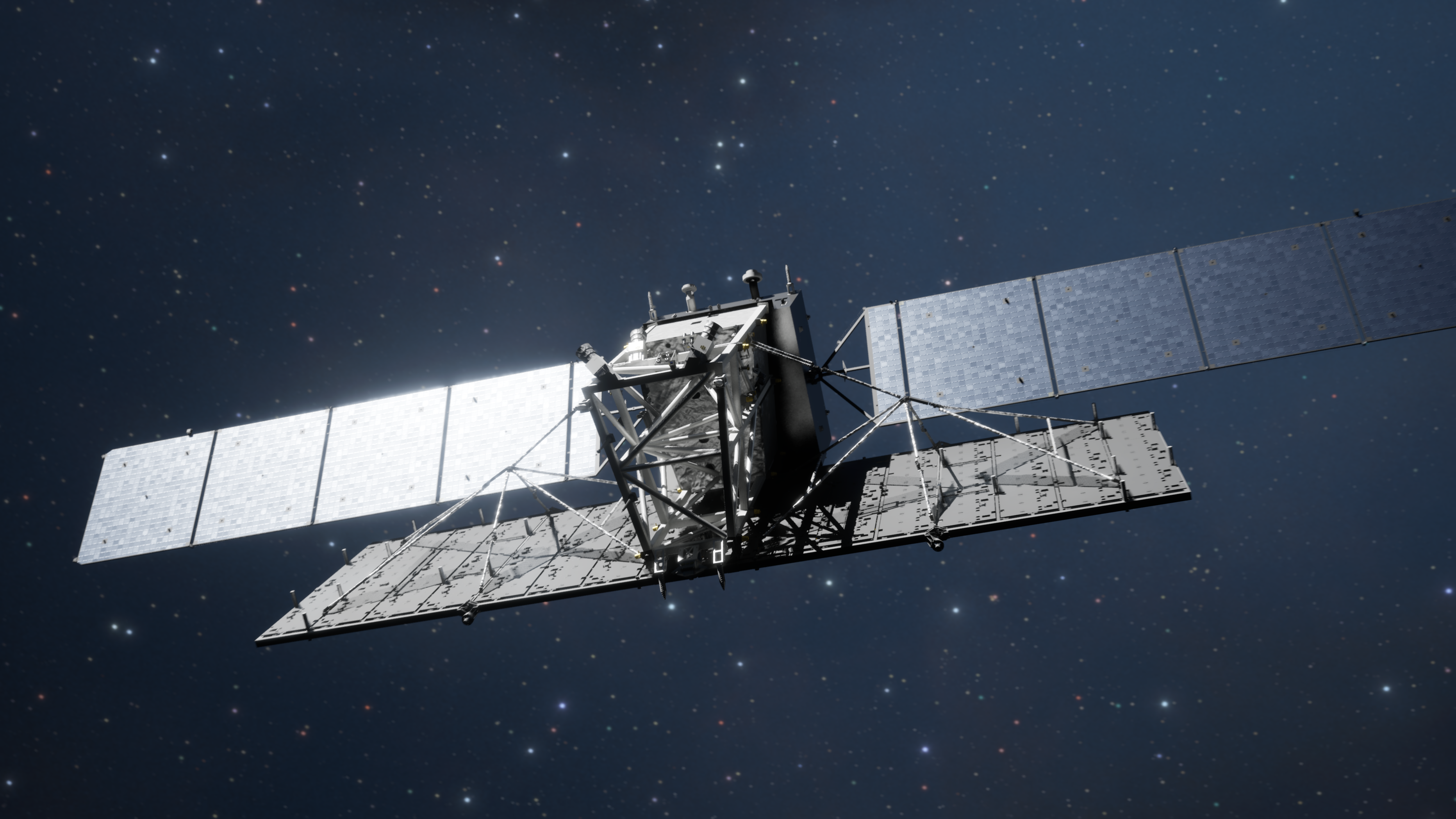China has been making significant progress in its space program in recent years, with multiple successful launches of satellites for various applications. One area that China has been focusing on is the development of SAR (synthetic aperture radar) and reconnaissance satellites. In March 2023, China conducted a series of launches, sending interferometric synthetic aperture radar and reconnaissance satellites into orbit.
On March 30, China launched four PIESAT-1 constellation satellites via a Long March 2D rocket from the Taiyuan Satellite Launch Center. The four X-band interferometric synthetic aperture radar (InSAR) satellites will orbit in a hub and spoke formation, with PIESAT-1 (A-01) as the hub. The satellites are intended to map global non-polar regions at a scale of 1:50,000 and were developed by private satellite developer GalaxySpace for Piesat Information Technology Co. Ltd.
The launch was facilitated by the China Great Wall Industry Corporation (CGWIC), a subsidiary of China Aerospace Science and Technology Corporation (CASC). CASC’s Shanghai Academy of Spaceflight Technology (SAST) provided the Long March 2D rocket. Ground station services were provided by Chinese commercial space firm Emposat. This launch was China’s 13th launch of the year and the seventh in March.
China’s space program has been expanding rapidly in recent years, with the country planning more than 60 launches in 2023. Various Chinese commercial companies plan to add 20 or more launches to the overall figure. This marks a significant increase from previous years, highlighting China’s ambitious goals for its space program.
One of the companies that are contributing to China’s space program is Spacety, which is working with the state-owned China Electronics Technology Group (CETC) to develop a 96-satellite SAR constellation. The SAR constellation will be used for remote sensing applications, including environmental monitoring, disaster prevention, and land surveying.
However, not all Chinese space companies have had smooth sailing in their endeavors. Spacety was recently sanctioned by the U.S. for allegedly supplying Russian’s Wagner Group with SAR imagery to support its operations in Ukraine. This highlights the complex geopolitical landscape surrounding the development and deployment of space technology.
On March 31, China conducted its 14th launch of the year, sending the Yaogan-34 (04) satellite into orbit via a Long March 4C rocket from the Jiuquan Satellite Launch Center. Although little is known about the satellite, it is believed to be military in nature, with the series providing a range of reconnaissance capabilities.
The Yaogan series of satellites is designed for remote sensing applications, including land surveying, urban planning, road network designing, crop yield estimation, and disaster prevention and mitigation. The series is highly classified, with the satellites operating in specific orbits that are not disclosed to the public.
The earlier Yaogan-34 series satellites are in 1,120 by 1,050-kilometer orbits inclined by 63 degrees. The orbit closely matches that of three sets of Yaogan-31 designation satellite triplets. The precise nature of the missions and the orbits of the Yaogan satellites lead Western analysts to believe that they are primarily military in nature.
China’s space program has been making significant strides in recent years, with a focus on developing advanced technologies and capabilities. The country has set ambitious goals for its space program, with plans to establish a crewed space station, conduct a Mars sample return mission, and launch a mission to Jupiter.
One of the key areas of focus for China’s space program is the development of satellite constellations, which can provide a range of remote sensing applications, including weather monitoring, natural resource management and monitoring the US military.

